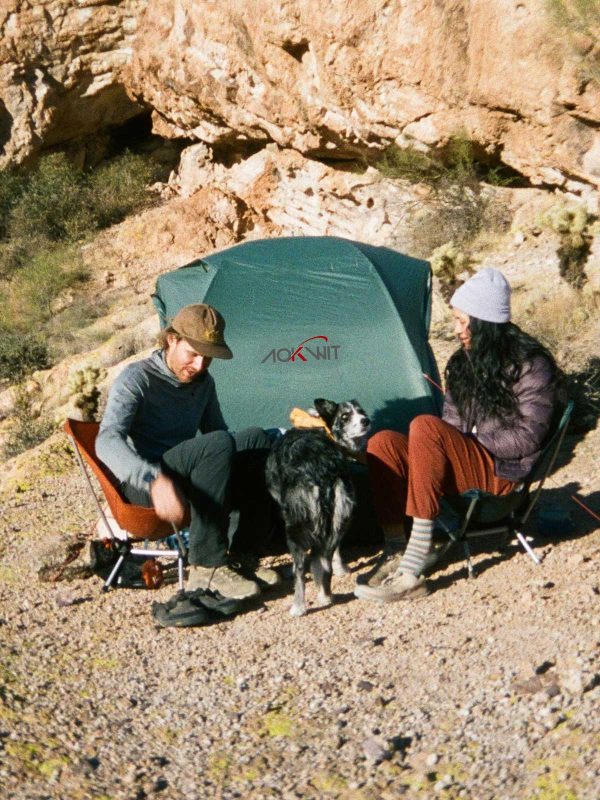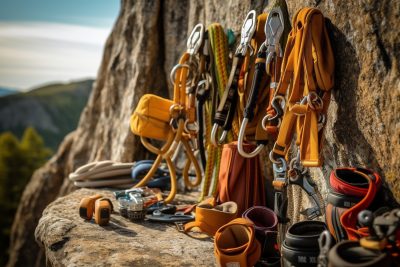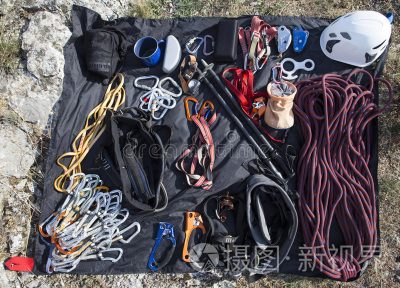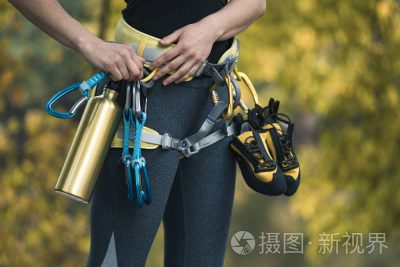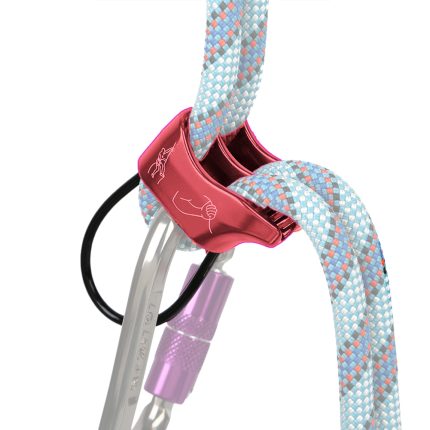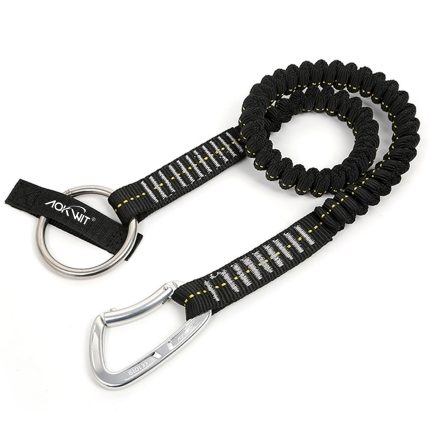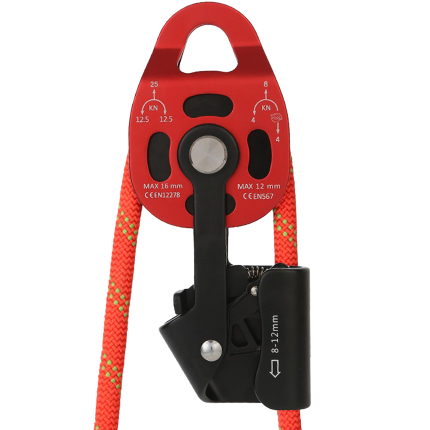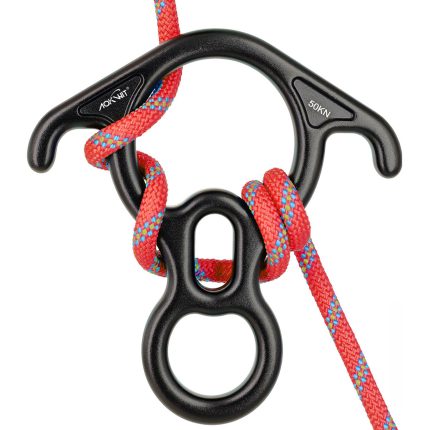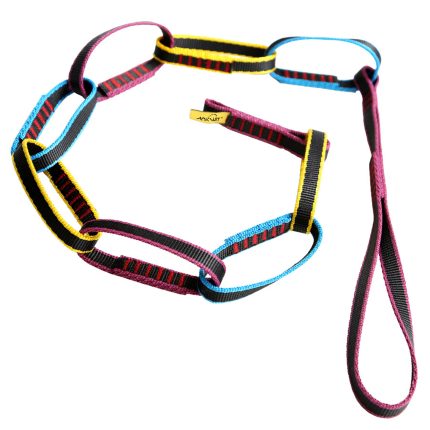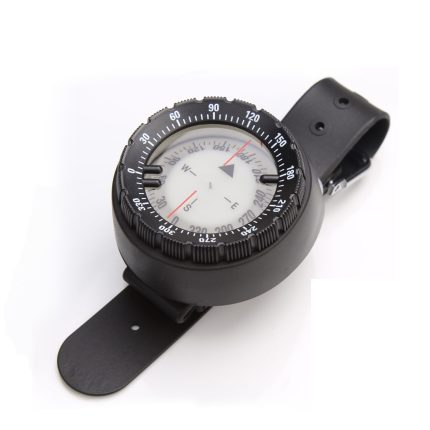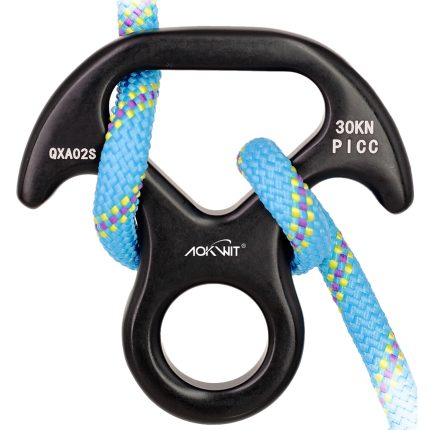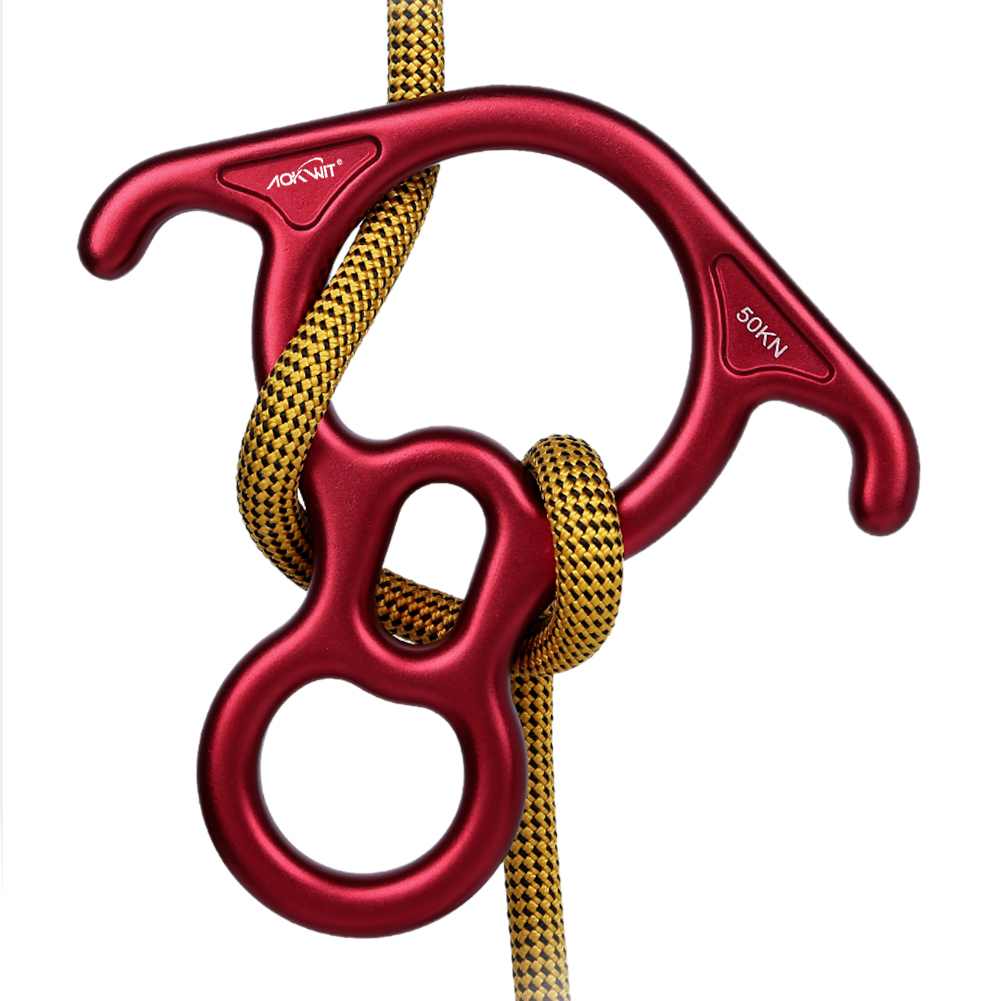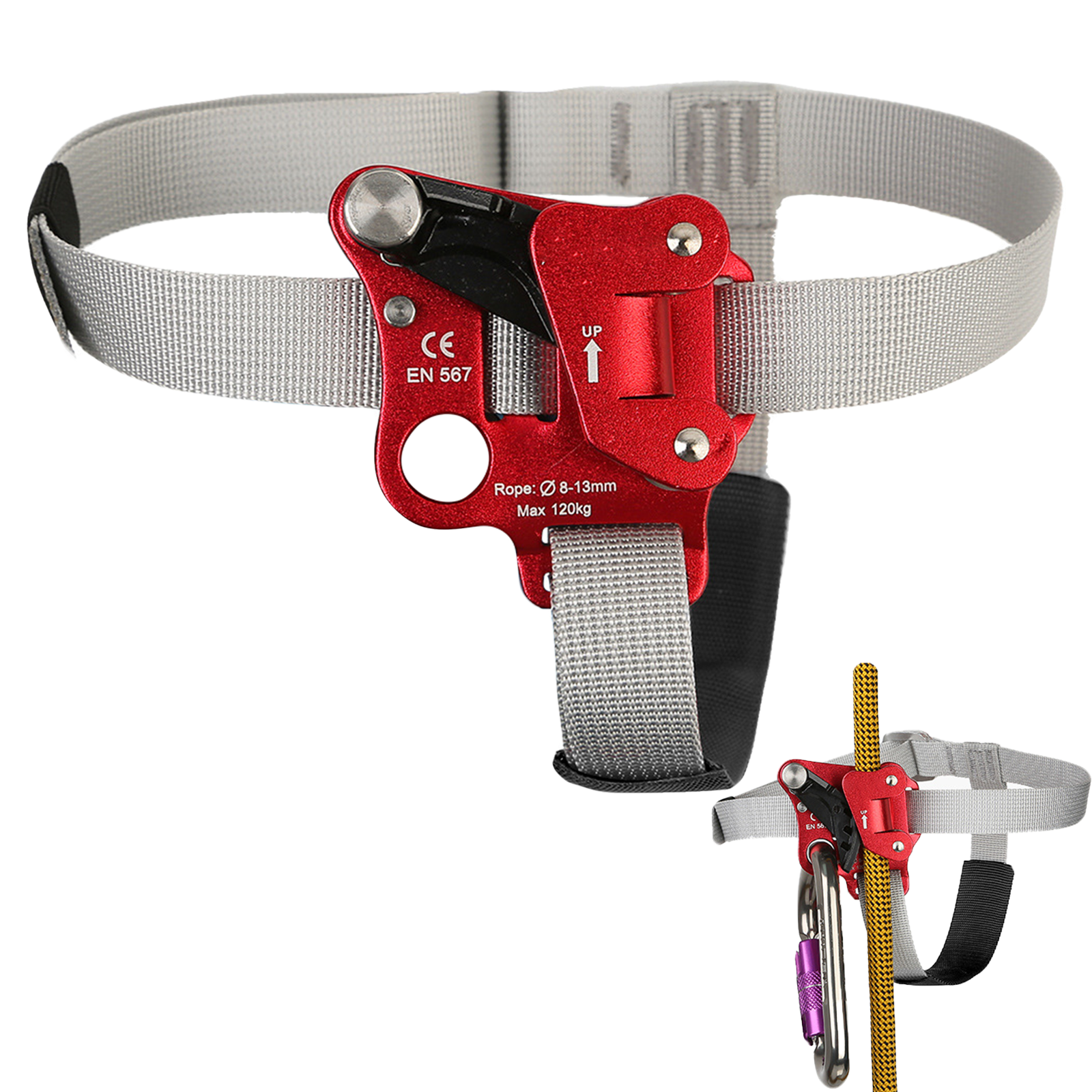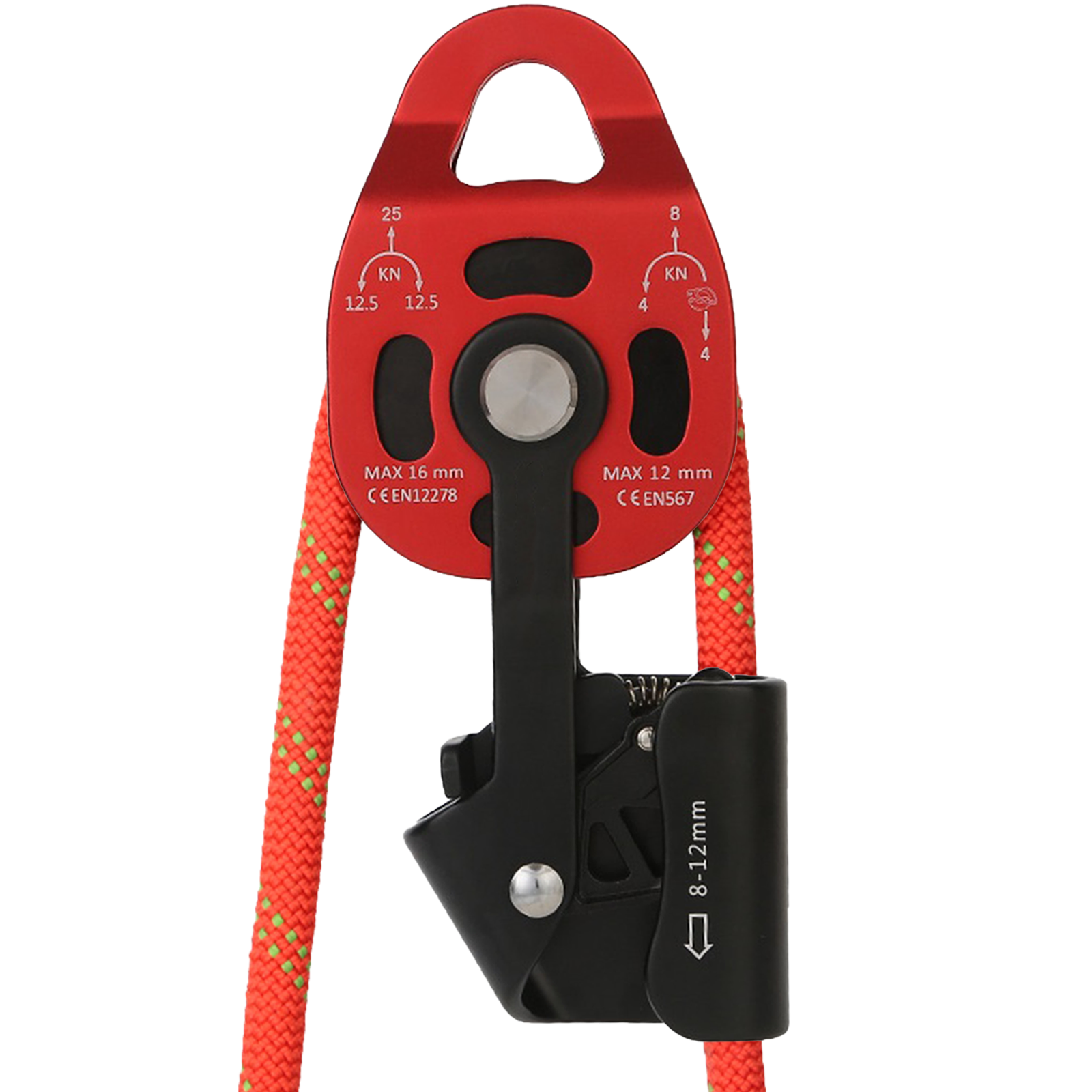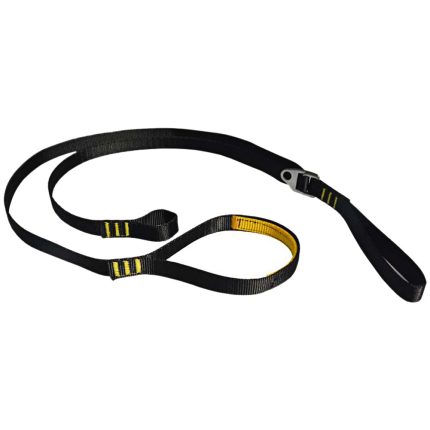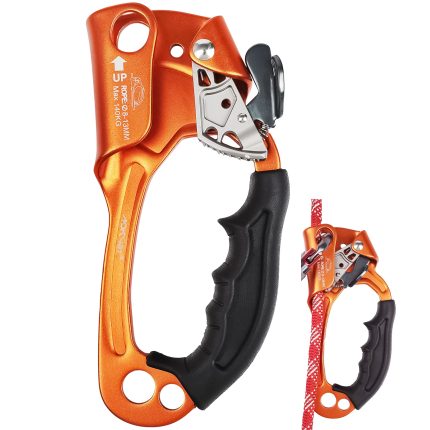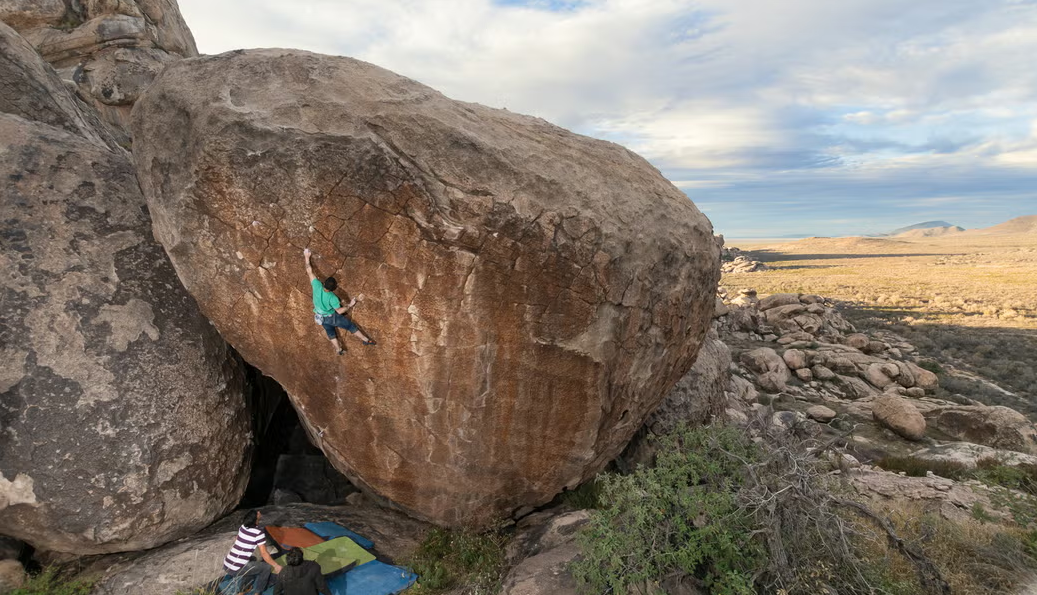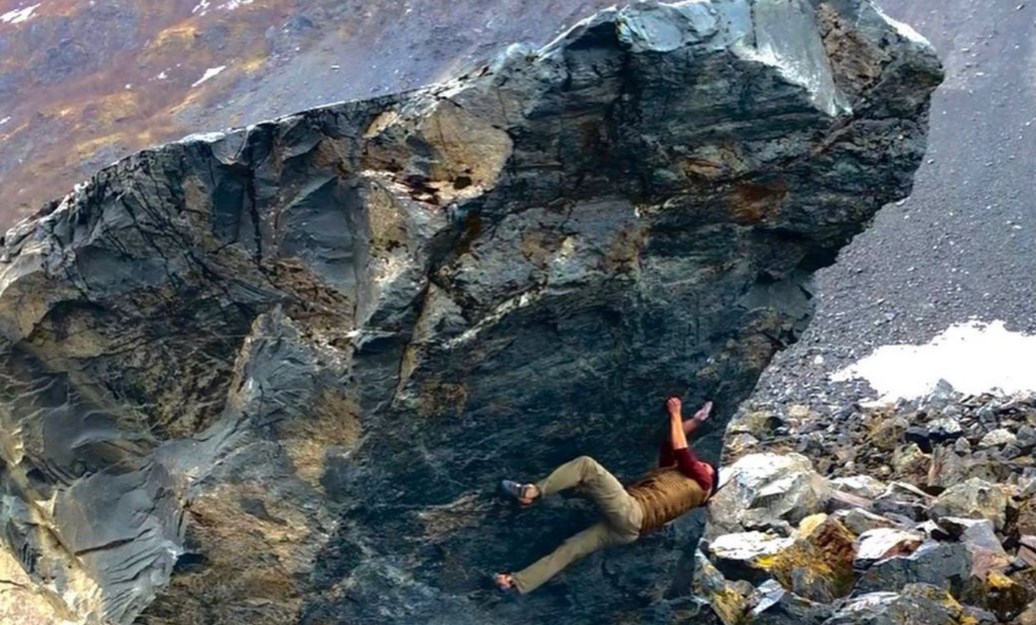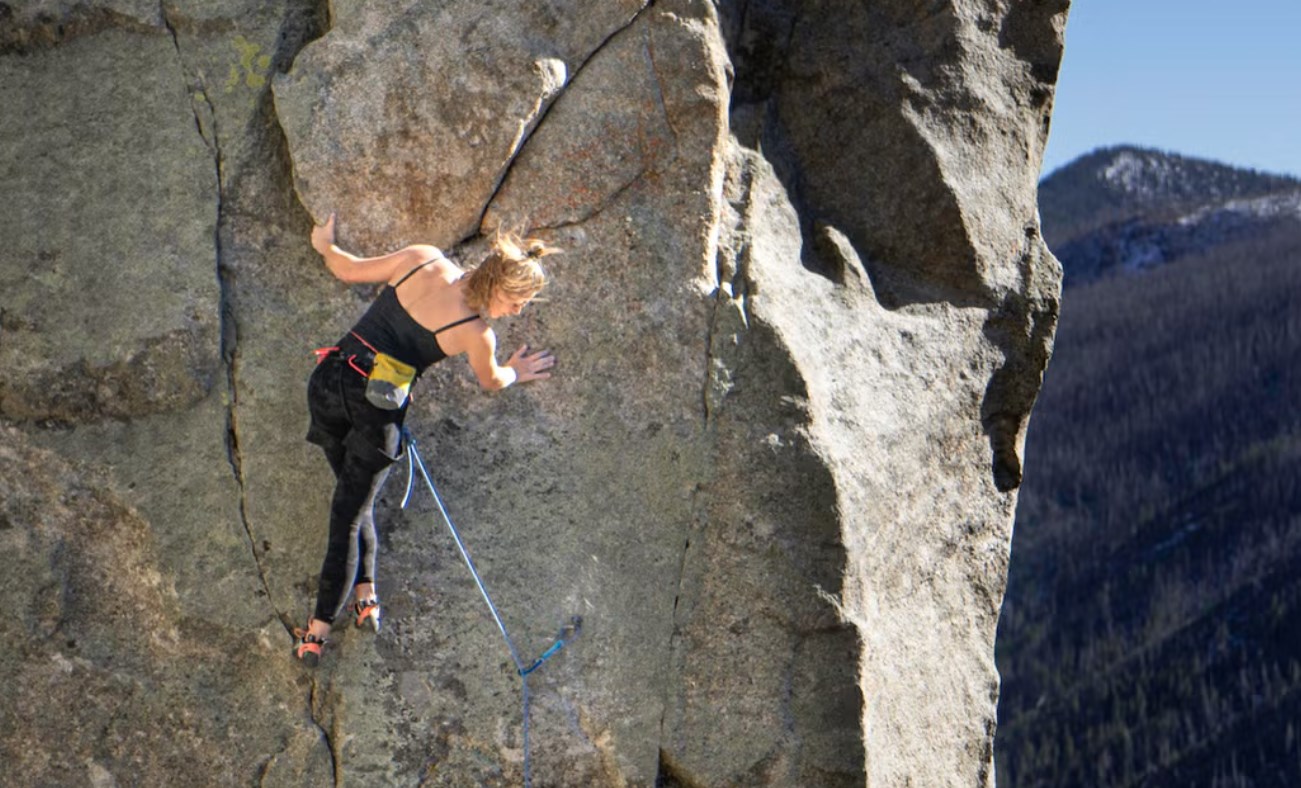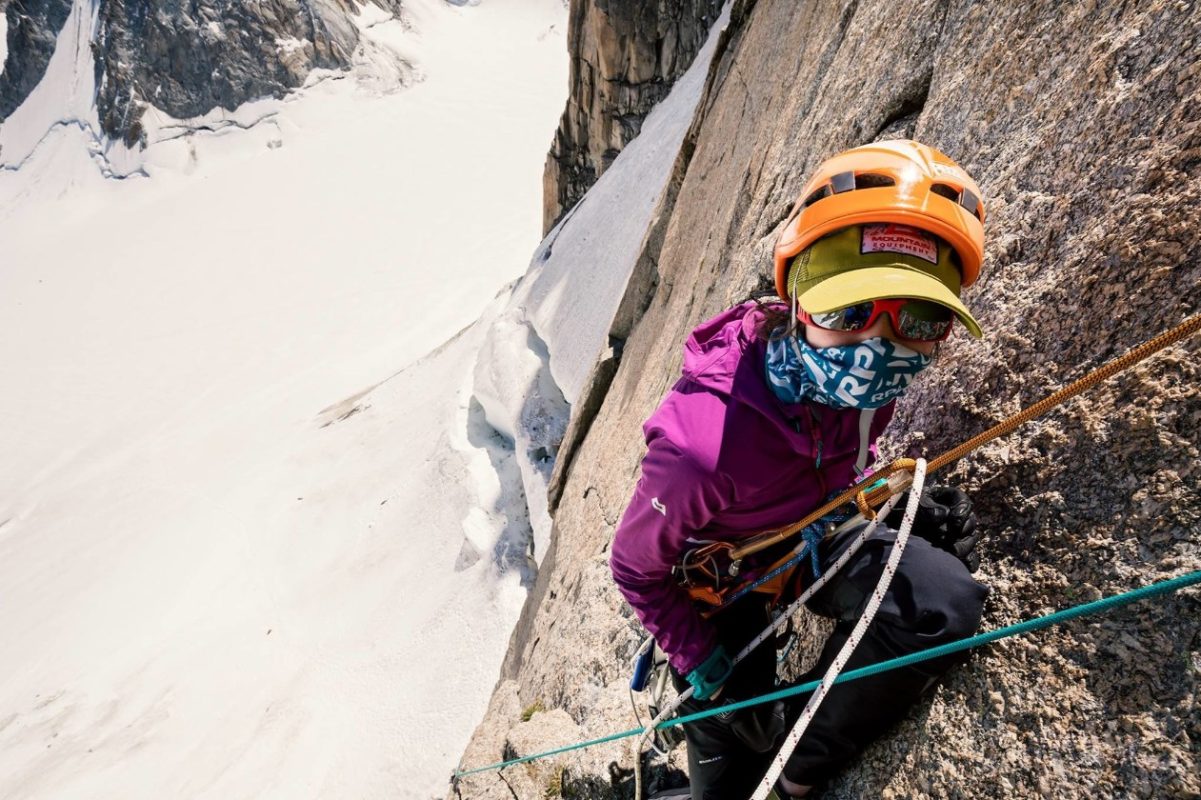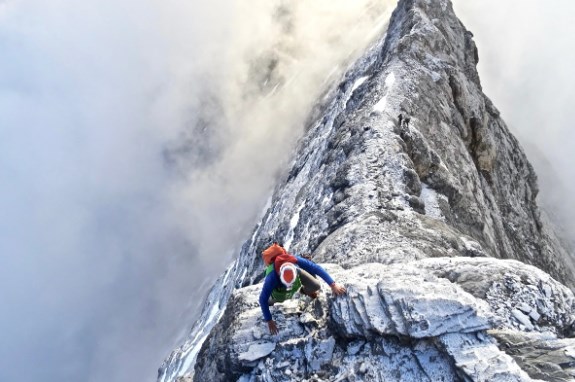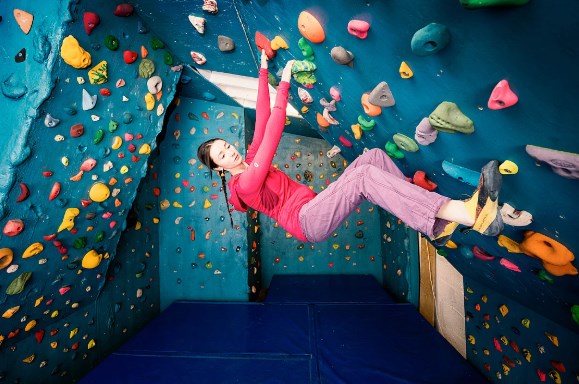Advice & Training Methods Series for Learning Climbing – Muscle Balance
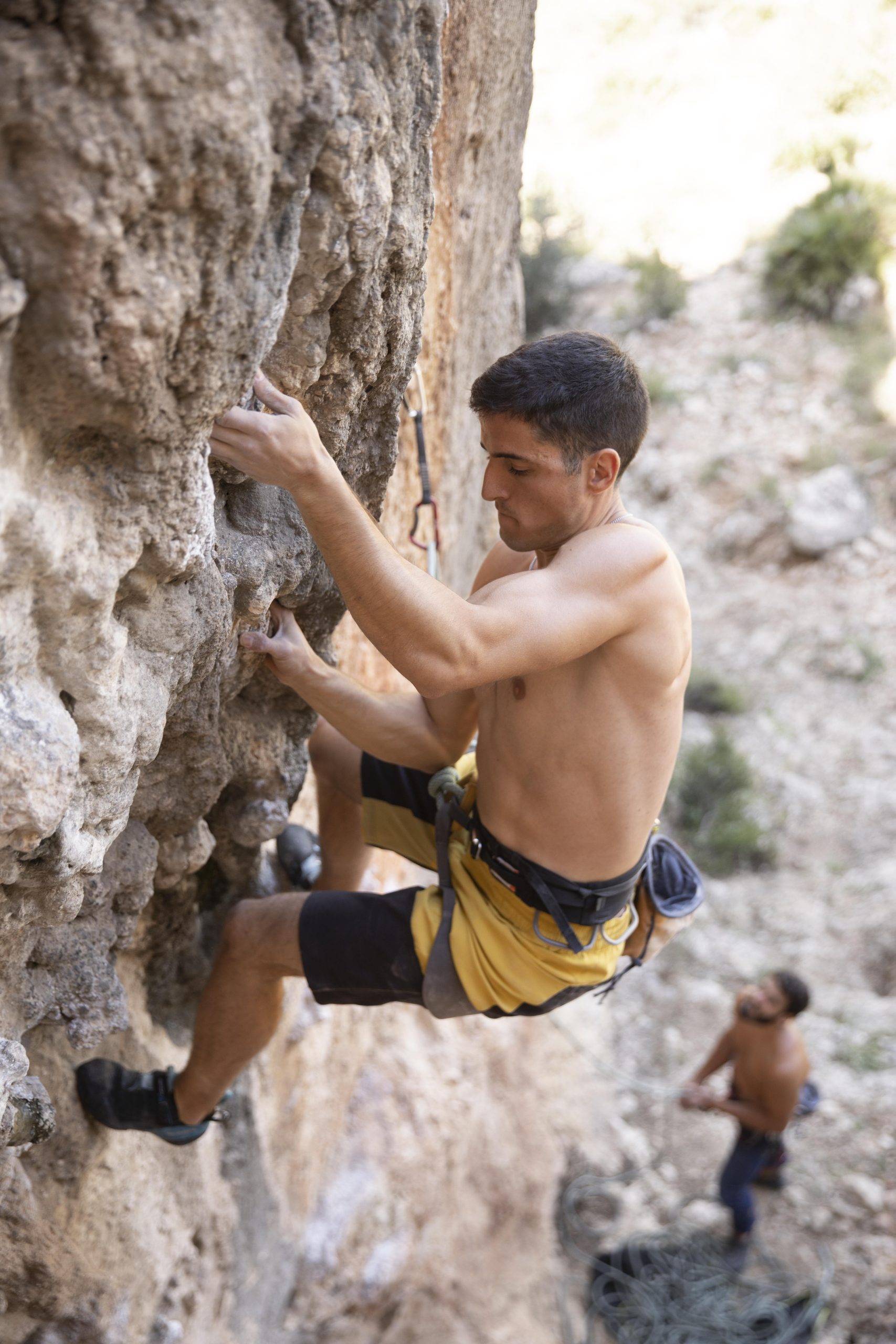
1. Introduction: The Problem of Overuse Injuries
Recently, injuries caused by overtraining have occurred frequently in climbing. Eager beginners and climbers who are not adept at recognizing their body’s warning signals are particularly prone to this situation.
Most athletes understand the basic principles of preventive medicine, but sometimes we tend to overlook these principles at the most critical moments.
This article primarily serves as a reminder to readers to listen to the signals their body sends and to consistently pay attention to maintaining perfect form during all activities.

2. The Core Concept: Intuition, Form, and Muscular Balance
We all possess a certain degree of intuition. To understand what perfect form is, one needs to be attuned to this intuition.
However, there is one thing we can consciously choose to do: develop muscular balance. This is crucial because muscular balance is key to maintaining perfect form during movement.
The most important muscles in the human body are our abdominals, the body’s center or core.

3. Recommended Exercises for Core & Shoulder Stability
Many exercises can help strengthen the abdominals. Our most recommended are calisthenics exercises that demand a combination of strength, flexibility, and balance. For example:
- Perfect Handstand Push-ups: Striving to keep the body straight while in a handstand without moving the hands.
- Exercises like the Slow Muscle-up to Handstand.
These are excellent exercises. They not only require core strength and flexibility from the practitioner but also engage the opposing muscles in the forearms, triceps, and shoulders. Consequently, they serve as a perfect complement to climbing training.
Some individuals have shoulders that are structurally prone to slight dislocation, where the tendon and ligament attachments in the shoulder joint are not conducive to performing perfectly coordinated movements efficiently.
People with this condition especially need to perform exercises that strengthen the deltoids and the muscles of the rotator cuff.
4. Common Climbing Injuries & The Need for Balance
However, when most climbers push their limits during climbing, it’s usually the forearm muscles that fatigue first. Therefore, injuries in climbing most commonly occur in the forearms, fingers, and shoulders.
5. Key Considerations for Developing Muscular Balance & Preventing Injury
To achieve the goals of developing muscular balance and preventing injury, climbers can consider the following key points:
- Listen to Your Body’s Signals: If it hurts, stop immediately!
- Perform Supplemental Exercises for Opposing Muscle Groups:
- For the forearms, perform exercises like supinated curls (palm-up curls). Ensure you stretch your forearms before and after these exercises or before and after actual climbing.
- Include Deltoid Strengthening Exercises: Use dumbbells or elastic resistance bands for training that applies varying degrees of pull or resistance in different directions.
- Perform Abdominal Exercises You Enjoy:
- Our most recommended exercises are calisthenics. This is because calisthenics are convenient to practice at home and help enhance functional fitness.
- Such exercises teach the body how to move efficiently while building strength, coordination, and balance. Any exercise or activity that involves moving the entire body against the resistance of gravity falls under the category of improving functional fitness.
- Ensure Balanced Use of Different Climbing Styles:
- Excessive repetition of the same or similar movements leads to overuse injuries. If you are climbing on a campus board, constantly hanging onto small edges, you risk injuring your fingers or forearms.
- A good complement to this type of movement is climbing overhanging terrain within your ability level. Overhanging terrain demands considerable balance in the forearms and shoulders, along with sufficiently strong core strength. This type of climbing helps develop balanced strength.
- However, climbing routes far beyond your current level can also cause injury. When pushing beyond your strength limit, form is likely to deteriorate, leading to improper technique usage and ultimately resulting in injury.
6. Conclusion: Focus on Form and Enjoyment
Practice climbing with perfect fluidity and form, and enjoy the process of climbing!







